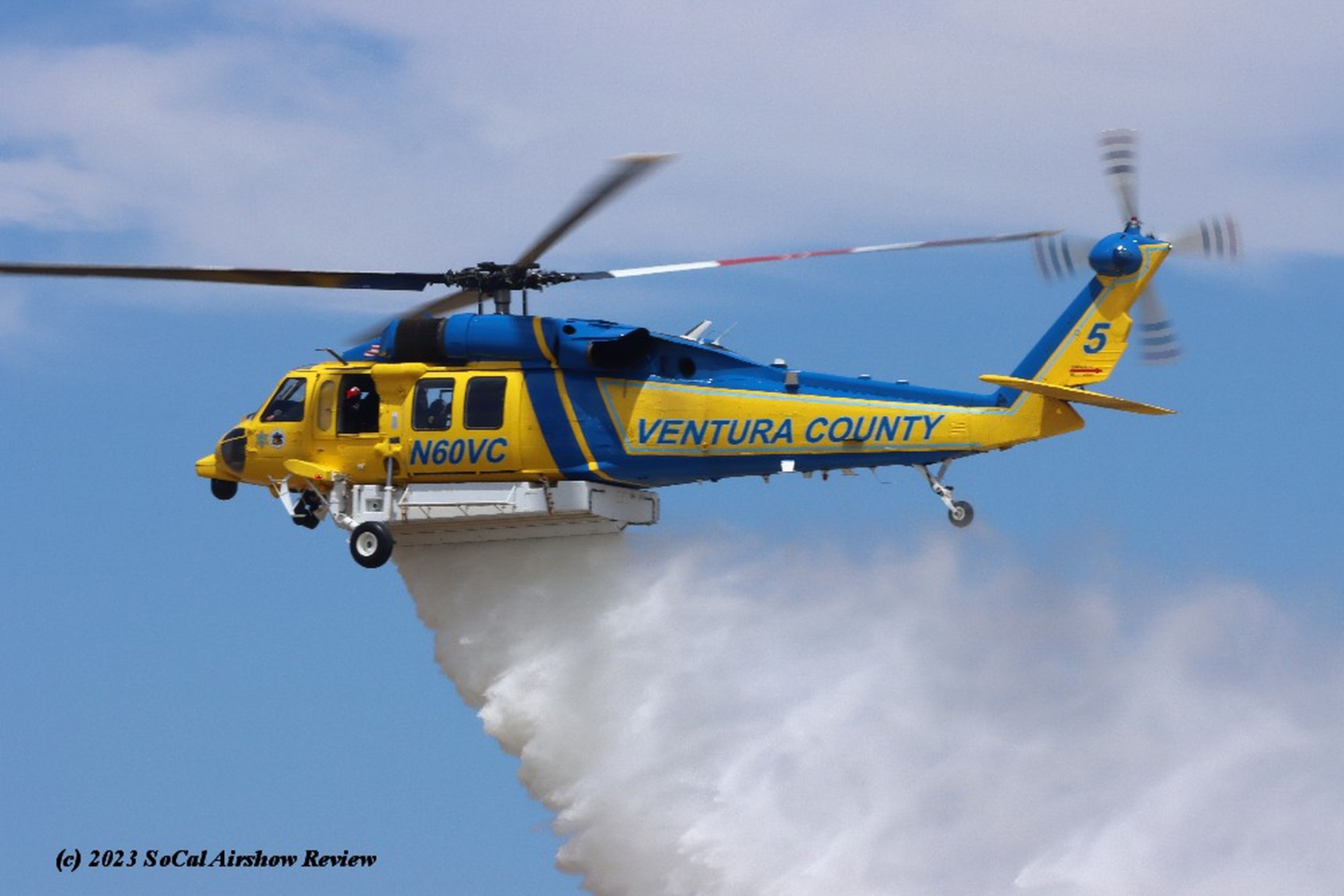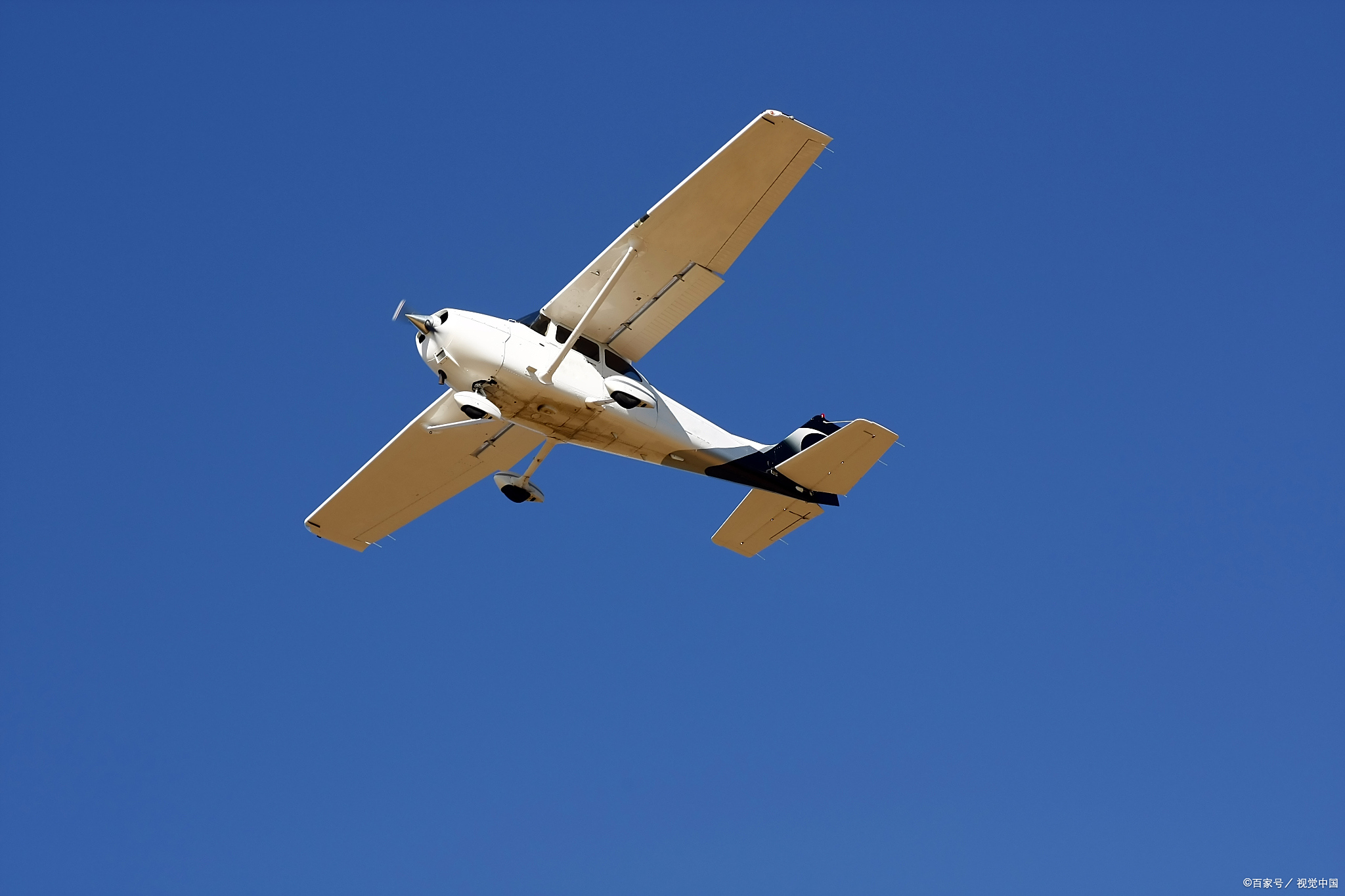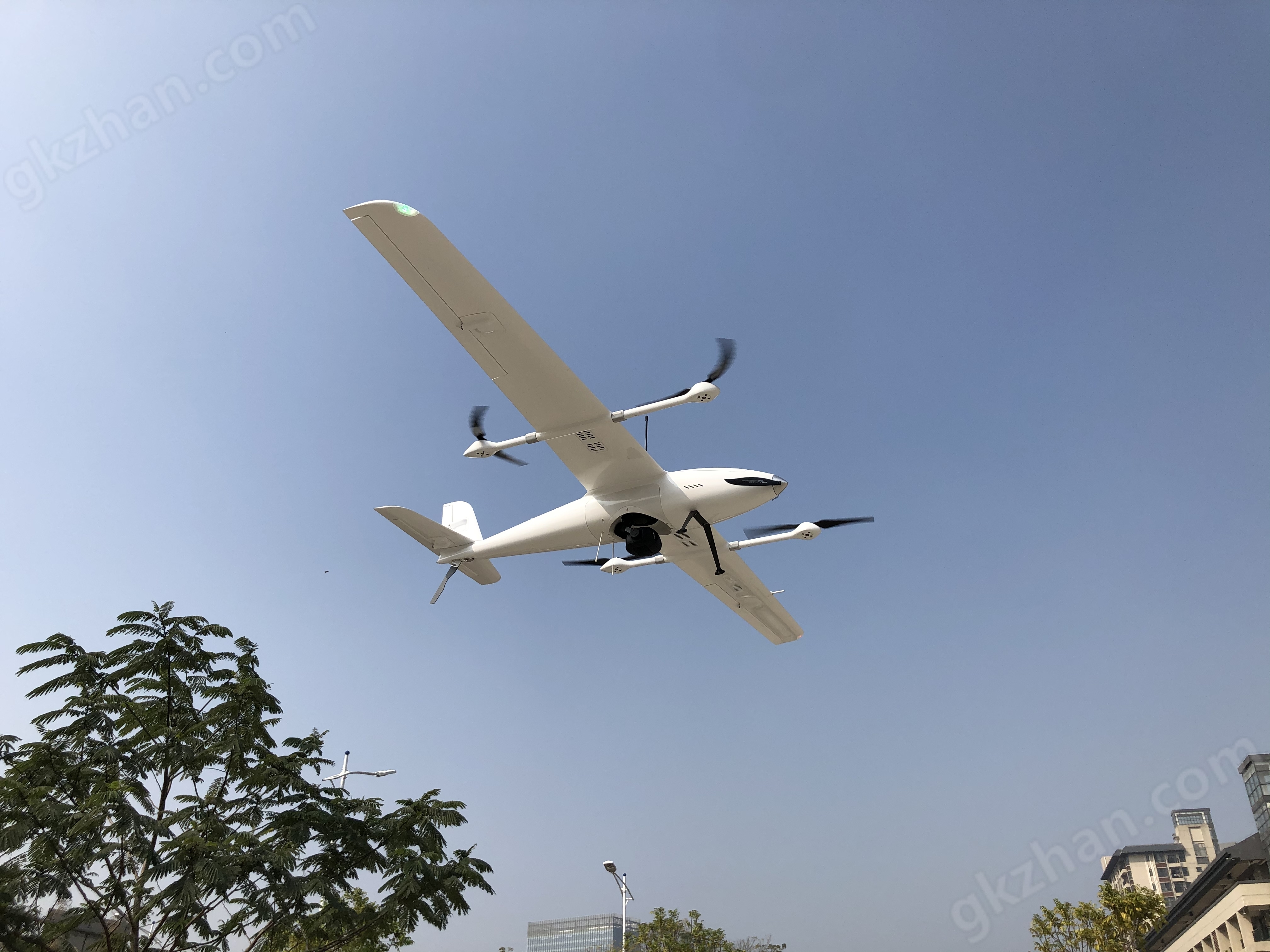Low-altitude economy globally "takes off"

In 2024, the "low-altitude economy" was written into the "Government Work Report" for the first time, and the National Development and Reform Commission established the Low-Altitude Economic Development Department, marking the official inclusion of the low-altitude economy into the overall planning at the national strategic level. China's low-altitude economic policy system continues to improve, and technological capabilities are constantly enhanced. However, in comparison, the industry as a whole is still in the early stages of development. This article summarizes the experiences of major developed economies in Europe, America, Japan, and other Western countries in terms of development strategies, regulatory policies, infrastructure construction, ecological cooperation, and scenario applications by analyzing the development situation of the global low-altitude economic industry. It provides references and insights for China to seize the strategic opportunities of low-altitude economic development.
Experience in the development of low-altitude economic industries abroad
Strengthen strategic coordination and regulatory innovation
Promote the rapid development of the low-altitude economy in the country
Countries regard low-altitude economy as a development priority and actively implement strategic planning to drive progress. The Federal Aviation Administration (FAA) of the United States has issued the "Part 107" regulations for small unmanned aircraft systems and launched pilot projects for the integration of urban air mobility. At the same time, specific projects have been established in the areas of low-altitude authorization and capability services to promote the integration of drones and electric vertical take-off and landing (eVTOL) aircraft. The Civil Aviation Authority of the United Kingdom has created a comprehensive framework for drones and urban air mobility (UAM), issued regulations for beyond visual line of sight (BVLOS) drone flights, and developed a roadmap for integration to guide the development of airspace systems. The German Federal Aviation Office and the European Aviation Safety Agency have collaborated to formulate operational regulations for drones and eVTOL aircraft, and research centers are dedicated to researching drone technology and air traffic management. The Civil Aviation Authority of Japan and the Ministry of Land, Infrastructure, Transport and Tourism have collaborated to develop operational guidelines for drones and urban air mobility. The government actively participates in drone technology development, such as supporting technological innovation at the Japan Aerospace Exploration Agency.
In terms of strategic planning, emphasis is placed on internal and external collaborative cooperation. The United States has introduced policies such as the Advanced Air Traffic Coordination and Leadership Act, providing clear guidance and legal protection for the collaborative development of the low-altitude economy sector. The United Kingdom, in alignment with the European Aviation Safety Agency, has integrated new airspace users through plans such as the Airspace Modernization Strategy, with a focus on green aviation. It has issued general regulations to lead the green transformation of electric vertical take-off and landing (eVTOL) aircraft and drones.
In terms of regulatory innovation, various countries have demonstrated the flexibility and adaptability of different regulatory frameworks. The United States, through projects such as U-Space, is committed to building a regulatory framework that encompasses new technologies such as electric vertical take-off and landing (eVTOL) aircraft and drones, responding quickly to technological innovation needs. The United Kingdom has established a safe and flexible regulatory system, adjusting measures according to the market, relaxing restrictions on drone flights in cities, encouraging delivery services, allowing drone beyond visual range (BVR) testing, and making timely adjustments as the technology market changes. The United Arab Emirates has laid a foundation for flexible regulation with the "Five Principles of the FSRA", and the government has worked with multiple companies to advance pilot projects for air taxis and urban air transportation corridors, ensuring that regulation quickly adapts to market and technological changes.
Vigorously promote the construction of low-altitude economic infrastructure
Lay a solid foundation for the development of low-altitude economy
In infrastructure development, while European and American countries have their respective focuses, vertical take-off and landing (VTOL) airports and air traffic management systems are a common concern. The gradual improvement of these infrastructures will enable drones, electric VTOL aircraft, and urban air traffic systems to smoothly integrate into urban environments, laying the foundation for the widespread application of low-altitude aviation technology in the coming decades.
In terms of vertical take-off and landing (VTOL) airports, the United States has invested heavily in major cities such as Los Angeles and New York to support urban air mobility services provided by leading companies like Joby Aviation and Urban Aeronautics. The United Kingdom emphasizes environmentally sustainable infrastructure, incorporating solar energy and green materials into the design of VTOL airports and other air mobility infrastructure. Dubai International Airport is planned as a large hub for VTOL airports, facilitating the transition between land and air transportation by meeting the needs of electric VTOL aircraft.
In terms of air traffic management, the FAA is at the forefront of developing the Advanced Air Mobility (AAM) strategy, which is defined by NASA and encompasses passenger and cargo transportation as well as other aviation operations in future air traffic. This strategy aims to achieve the safe integration of electric vertical take-off and landing (eVTOL) aircraft and unmanned aerial vehicle (UAV) operations. NASA and the FAA have participated in urban air traffic experiments, simulating how air traffic control manages low-altitude aircraft in densely populated urban environments. Japan is developing an Unmanned Traffic Management (UTM) system and designated low-altitude corridors for low-altitude aircraft. Additionally, the Japan Civil Aviation Bureau (JCAB) is collaborating with international organizations such as the International Civil Aviation Organization (ICAO) to establish standards for urban air traffic management. The German government is investing in the research and development of an AI-based air traffic control system and collaborating with European air navigation service providers, such as the European Organization for the Safety of Air Navigation, to design an airspace management system specifically for urban air traffic operations.
Integrate resources from multiple parties to establish a cooperation mechanism
Inject momentum into industrial innovation
Countries fully leverage the synergistic effects among governments, enterprises, and international communities to effectively promote the research, development, and application of new technologies, driving the improvement and international development of related industrial chains.
Government support and government-enterprise cooperation are the driving forces behind the rapid development of the low-altitude economy. NASA collaborates with companies such as Joby Aviation and Wisk Aero to test urban air traffic facilities, including air taxis, and integrate them into national airspace. The German government encourages the private sector to participate in the infrastructure construction of the low-altitude economy, provides financial support to companies such as Lilium and Volocopter, and promotes the research, development, and application of electric vertical take-off and landing (eVTOL) aircraft technology. The UK government collaborates closely with enterprises in the development of infrastructure such as vertical take-off and landing fields and air taxis, and participates in the formulation of safety and operational standards together with enterprises. The UAE government supports pilot projects such as Volocopter and EHang through government-enterprise cooperation, and invests in infrastructure such as vertical take-off and landing airports in Dubai and other places.
Leverage the innovative role of enterprises as the mainstay and build an innovative ecosystem featuring collaborative industrial chains. Silicon Valley in the United States has nurtured a fiercely competitive drone technology and air travel market, spawning numerous startups and attracting a cluster of powerful low-altitude flight equipment manufacturers, forming a low-altitude economic industrial agglomeration and demonstration park. Germany, with its strong industrial foundation, cooperation among enterprises, and consistency with EU policies, has built a low-altitude ecosystem. Companies such as Airbus, Audi, and Volocopter collaborate to develop air travel solutions, as well as drones for logistics and inspection.
Actively pursue global cooperation and plan for global development. The United States, the United Kingdom, Japan, and other countries are actively collaborating with international regulatory bodies such as the International Civil Aviation Organization to ensure the global scalability of urban air mobility and unmanned aerial vehicle (UAV) systems. Dubai Silicon Oasis in the United Arab Emirates provides a fertile ground for startups and global companies to test and expand their businesses, attracting companies such as Volocopter and Ehang. Germany's Wingcopter offers international drone delivery solutions and develops technology for the global market. The United Kingdom emphasizes export-friendly technologies in urban air mobility and air taxi services to promote the global development of domestic enterprises.
Focus on diversified and integrated development
Provide strong support for the low-altitude economy
The United States, the United Kingdom, Germany, Japan, and other countries are actively testing and deploying electric vertical take-off and landing (eVTOL) aircraft, drones, and urban air mobility solutions. Each country is exploring new application scenarios based on its industrial foundation, safety and security system, social and environmental needs, and other factors.
In the field of urban mobility, the infrastructure in the United States is relatively well-developed. 85% of its airspace is designated for civilian use, and the urban air traffic architecture is mature. With 4,756 general aviation airports, it can cater to various needs of general aviation. For instance, the S4 electric vertical take-off and landing (eVTOL) aircraft developed by Joby Aviation can fulfill the business travel demand from the airport directly to the city center. The UK government supports the exploration and development of urban air mobility. Companies like Vertical Aerospace and Skyports are currently developing and testing eVTOL aircraft and related infrastructure for intercity travel.
In the field of agricultural applications, Japan's agricultural sector utilizes drones to enhance agricultural production efficiency. Companies such as Japan Drone and Secom employ drones for crop monitoring, pesticide spraying, and data collection. The U.S. Department of Agriculture supports the innovation of applying drones to the agricultural sector, aiming to optimize crop monitoring, pesticide application, and land management.
In the field of emergency rescue and disaster response, the United States has explored the use of drones for emergency medical services and rapid emergency air transportation. For example, Wingcopter and Zipline companies utilize drones to transport basic medical supplies. Japan's SkyDrone company has developed drones for aerial survey and emergency material delivery, which can be used for responding to natural disasters such as earthquakes and tsunamis, as well as post-disaster recovery work.
In the industrial sector, companies such as Skycatch and Kespry in the United States provide solutions for the construction and mining industries, especially for the inspection of infrastructure such as power lines, oil rigs, and telecommunication towers. Companies like Siemens and General Electric in Germany utilize drones to inspect power plants, wind turbines, and pipelines, aiming to reduce manual labor and enhance operational efficiency.
In terms of drone delivery and logistics, companies such as Amazon Prime Air and Wing in the United States have developed drone delivery systems to achieve "last mile" delivery in urban and suburban areas. Japan's mountainous terrain and aging population trend make drone delivery an ideal solution for timely delivery of medical and consumer goods. Japan Post, as well as companies such as Rakuten and Toyota, are testing drone delivery solutions in rural and remote areas.
Efficiently allocate key elements such as talent and capital
Drive the development of low-altitude economy with technological innovation
In the development of low-altitude economic industries abroad, the effective allocation of innovative factors such as talent and capital is a crucial aspect, playing a driving role in technological research and innovation.
In terms of funding, funding systems such as government subsidies, public-private partnerships, and venture capital have played a crucial role in ensuring the development of the low-altitude economy. For instance, the UK provided £125 million in funding for the "Future Flight Challenge" project, aimed at developing electric vertical take-off and landing (eVTOL) aircraft, autonomous pilot aircraft, and unmanned aerial vehicle (UAV) delivery systems. The Dubai Future Foundation (DFF) collaborates closely with the UAE government to fund research and development of air traffic solutions, offering a platform for businesses to showcase their innovative achievements and connect with investors, researchers, and government agencies. The United States leads in venture capital investment, with venture capitalists and private equity firms investing heavily in startups in the eVTOL sector and drone technology.
In terms of talent cultivation, industry certification, industry-academia collaboration, and government guidance have played pivotal roles. For instance, the FAA drone pilot certification in the United States emphasizes safe drone operation and relevant technical competencies. German company Lilium, in collaboration with the Technical University of Munich and the German Aerospace Center, has undertaken various aerospace research projects, primarily focusing on electric vertical take-off and landing (eVTOL) aircraft. Through ecological collaboration, they promote industry-academia-research cooperation and public-private partnerships, fostering a close integration between education and industry.
In terms of research and development (R&D), with the combined efforts of talents and funds, countries such as the United Kingdom, the United States, and the United Arab Emirates are advancing R&D innovation in key development directions such as electric propulsion, autonomous flight technology, and urban air mobility. At the same time, they are also investing funds in other R&D directions based on their respective resource endowments and needs. For example, Japan has identified disaster response, drone integration, and smart city as important directions for developing the low-altitude economy; Germany maintains a leading position in sustainable development and air traffic management systems (ATM). The German Aerospace Center conducts research on the aerodynamics and noise footprint of electric vertical take-off and landing (eVTOL) aircraft, aiming to minimize noise and comply with noise regulations in urban environments.
Current development status of domestic low-altitude economic industry
Policy-driven low-altitude economy
Stepping onto the fast track of standardized development
In recent years, China has attached great importance to the development of the low-altitude economy and introduced a series of relevant policies and measures. Since the inclusion of "low-altitude economy" in the "National Comprehensive Three-Dimensional Transportation Network Planning Outline", multiple departments have issued policies to continuously promote innovations in low-altitude airspace management, general aviation airport construction, and general aviation talent training. With the release of the "Regulations on the Management of Airspace of the People's Republic of China" and the "Interim Regulations on the Flight Management of Unmanned Aircraft", China's low-altitude economy has entered a stage of standardized development. Local governments (such as Shenzhen, Guangdong, Sichuan, etc.) have actively responded by accelerating the implementation of the low-altitude economy through measures such as financial support, legislative protection, and industrial chain extension.
The scale of the low-altitude economy market and its application scenarios are continuously expanding
According to data forecasts from the Civil Aviation Administration of China, the market size of China's low-altitude economy is expected to reach 1.5 trillion yuan by the end of 2025 and 3.5 trillion yuan by 2035, demonstrating a strong growth trend. With the continuous expansion of application scenarios, new business forms such as medical aid and drone delivery are showing an accelerated development trend, and multiple fields such as general aviation, drone applications, low-altitude tourism, and emergency rescue will further expand. China's drone industry is developing rapidly and has a leading edge globally. The construction of low-altitude communication, navigation, surveillance, and other systems continues to improve, providing important support for low-altitude flight activities.
Rapid development of low-altitude aircraft technology and industry
In terms of technological innovation, drone and electric vertical take-off and landing (eVTOL) aircraft technology have continuously made new breakthroughs, greatly enhancing the safety, efficiency, and reliability of low-altitude flight. As of September 2024, the registered number of drones in China has exceeded 2.049 million, and the scale of the eVTOL aircraft industry is also continuously expanding. At the same time, China is accelerating technological breakthroughs in key areas such as power systems, complex environment perception technology, and low-altitude integrated network communication technology, laying a solid foundation for the further development of low-altitude aircraft.
At the industrial development level, China's low-altitude economic industry chain has taken shape, encompassing multiple key aspects such as aircraft research and development, flight service support, and infrastructure construction. Furthermore, various regions across the country have embarked on the development of the low-altitude economy, resulting in distinctive regional industrial development models. For instance, Guangdong, Jiangsu, and other provinces have taken the lead in making breakthroughs in the low-altitude economy sector, demonstrating immense development potential, thanks to their industrial foundation and policy advantages.
The low-altitude flight service guarantee system is continuously improving
In recent years, China has made remarkable progress in the construction of the low-altitude flight service and support system. It has established a low-altitude flight service regulatory standard system and a three-tier service and support system comprising "national-regional-flight service stations", expanding the coverage and enhancing the quality of low-altitude flight services. Furthermore, various regions have actively promoted the construction of the low-altitude flight service and support system. Since the second half of 2024, Shanghai, Nanjing, and other places have introduced new policies (including drafts for public consultation) centered around low-altitude flight services. The "Implementation Plan for the Construction of Low-Altitude Flight Service Management Capacity in Shanghai" proposes to "explore the construction of a low-altitude digital twin system for key areas in combination with scenario application needs and regional development requirements, develop low-altitude visual flight charts, and coordinate the establishment of a number of low-altitude flight routes across the city", aiming to enhance the management capacity of low-altitude airspace and ensure the safe and sustainable development of the low-altitude economy.





